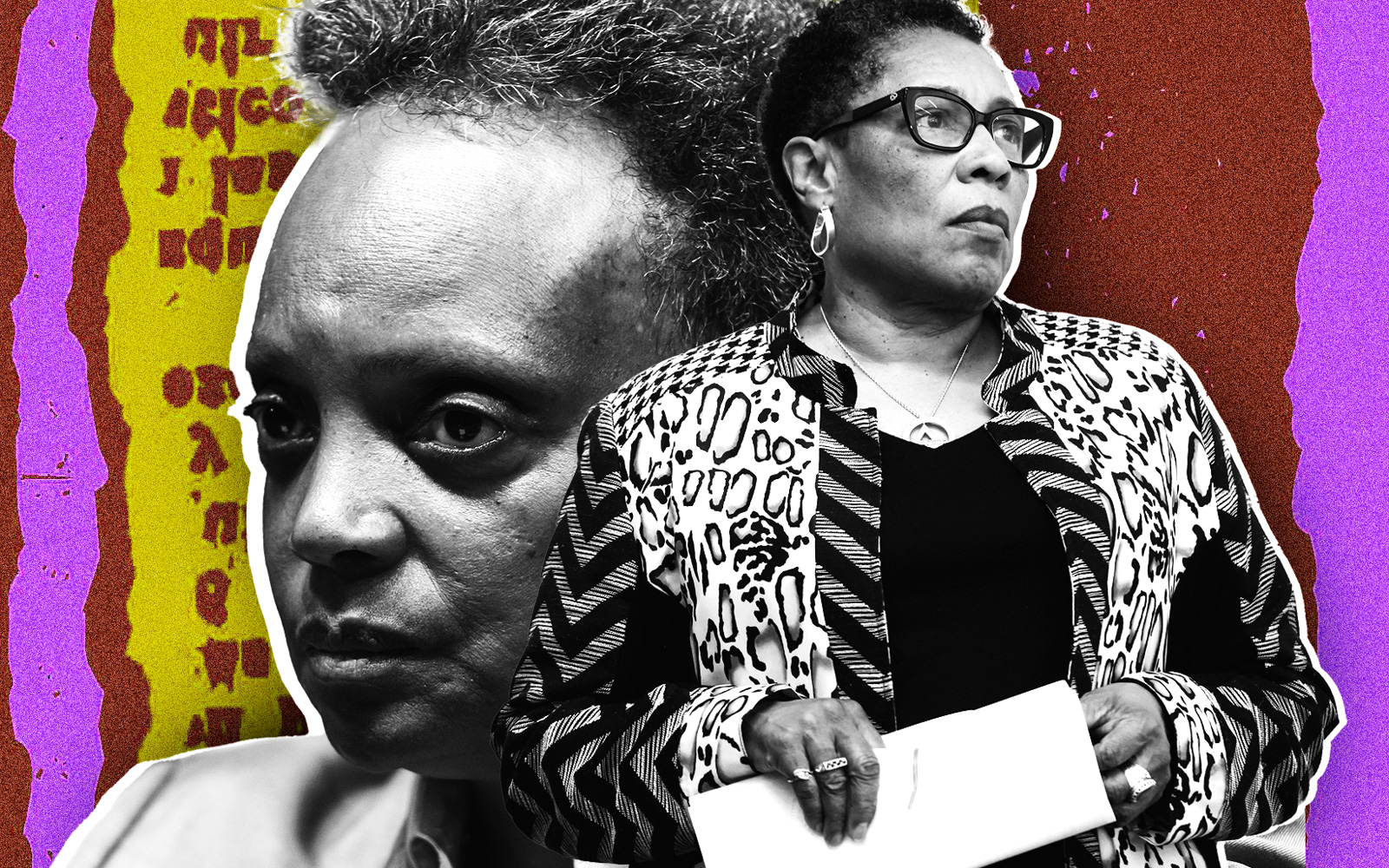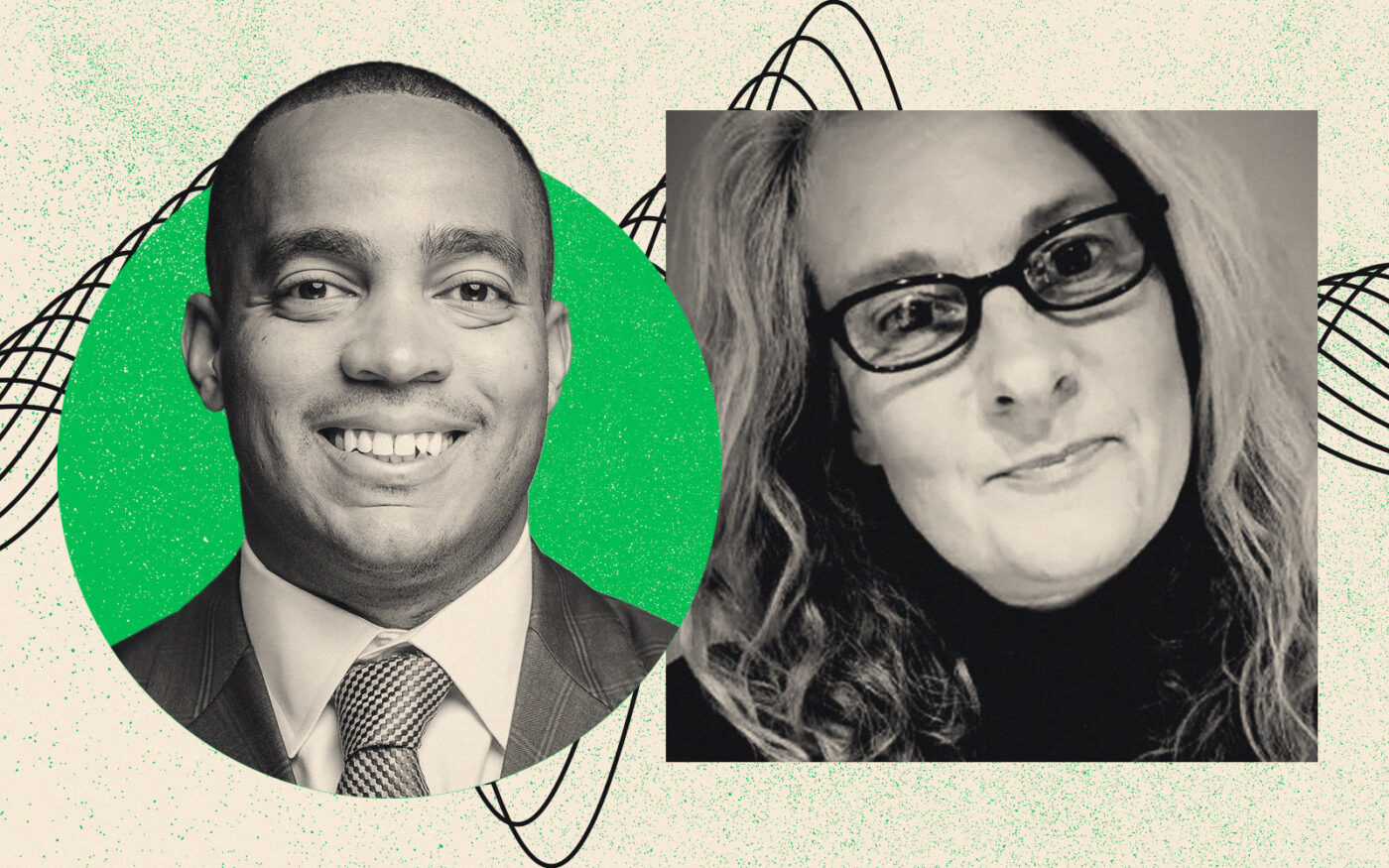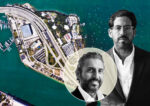
Trending
Eco-friendly concept infused in Chicago’s multifamily sector
Passive House designs now being recognized with city compliance can reduce utility costs by up to 60%

More multifamily developers in Chicago are adopting a German-based energy efficiency standard that’s environmentally focused and geared toward long-term sustainability.
This eco-friendly concept, called the Passive House standard, combines technology for ventilation, insulation and airtightness with design solutions that minimize energy usage, reduces carbon emissions and improves air quality, and it’s spreading to projects throughout the region, the Chicago Tribune reported.
The key to Passive House design lies in creating an airtight building envelope through features like triple-paned windows and wraparound insulation, coupled with advanced ventilation systems for fresh air. While building costs for this standard are slightly higher, ranging from 1 to 4 percent, numerous monetary incentives counterbalance these costs, and residents can save 40 to 60 percent on utilities, according to the concept’s backers.
Chicago’s Department of Planning and Development, in conjunction with the state of Illinois, has taken proactive steps to promote Passive House developments. The city’s adoption last year of the Chicago Energy Transformation Code recognizes buildings certified by Phius — a Chicago nonprofit that inspects Passive House buildings and can issue stamps of approval of their design — as a valid alternative for compliance with energy codes.
Moreover, the Illinois Housing Development Authority is awarding higher scores to developers who commit to constructing buildings in line with Passive House standards, aligning with a broader nationwide trend.
A.J. Patton, CEO of development firm 548 Enterprise, is one of the advocates of the concept. He has two affordable housing projects in the works that feature Passive House design elements, and he wants to inspire similar eco-friendly developments across the city.
“It’s a follower’s market,” Patton told the outlet. “Leadership matters, precedent matters, experiences matter. And so that’s part of what we’re going to do here with our developments.”
There are currently about 275 Passive House multifamily projects, totalling 16,000 units, in the pipeline or already constructed nationwide. Chicago is one of the leaders of this movement, according to Phius. Developers in the Windy City are incorporating the concept into commercial and public properties as well, including schools and government buildings.
— Quinn Donoghue
Read more






